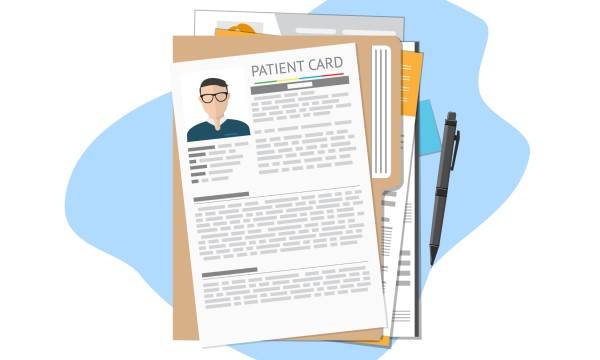I’ve been in private practice for nearly 30 years, and I value the personal relationships I have with my patients. Over the years, I’ve come to know them, not just for their conditions or the medical challenges they pose, but as individuals with fears and worries, hopes and dreams.
Each patient, even if they share a condition with dozens of others, is unique to me. That’s why it’s so jarring when patients are misidentified in medical records, or their identities are duplicated or overlaid with those of other patients. My patient, at least so far as the EHR or lab result shows, is suddenly cloned, erased, or merged into the identity of another.

While those mistakes don’t shake my knowledge of my patients, it might confuse the EHR, clinical lab, insurance carrier, health care system or other clinicians that treat them. That can be dangerous and detrimental to the patients’ care, as well as cause problems with billing and reimbursement.
Low-quality patient data is a glaring weakness in our health care system. Inconsistent and incomplete patient registration processes, poor data management and maintenance, a lack of interoperability and inadequate EHRs all contribute to the problem. Most laboratories, for example, still deal with paper requisitions and manual entry of patient demographics, causing numerous typing errors. In most cases these errors will generate results for duplicate patients with only a sliver of clinical information. That’s no way to make clinical management decisions.
This is exacerbated by incomplete and mutable patient records in which identifying information like addresses, names, phone numbers, employers, and insurance status can change.
The result is that all health care systems contain duplicate records and, worse, overlays in which data for two or more patients is mixed. Some examples are extreme: a hospital in Texas found that 22% of its patient records were duplicates, according to the Healthcare Financial Management Association. “In 4% of cases involving confirmed duplicate records, clinical care was affected,” writes Katherine Lust, former health information management director at Children’s Medical Center Dallas. “Emergency department treatment and surgeries were delayed and duplicate tests ordered.”
Even more dangerous than incomplete records are “overlays.” These happen when one patient’s records end up in the wrong patient’s chart. In the case of overlays, a clinician isn’t simply working with an incomplete patient record; they have the wrong medical information entirely because that information belongs to another patient. Overlays can lead to bad patient outcomes and significant litigation.
Imagine if these recordkeeping problems existed at this scale in the financial world. What if your personal finance records – loans, investments, savings etc. – had a roughly one in five chance of being duplicated or confused with someone else’s accounts and widely disseminated? Think of the harm and chaos that would ensue.
An outraged public wouldn’t stand for it. Consumers would demand a more accurate, secure, and verifiable system of record-keeping. But the problem is largely accepted in health care, even with people’s health and lives at stake. Some health care organizations have medical record duplication rates as high as 30% and 10% is common.
As health care works its way toward data interoperability and patients gain greater access to their records, it becomes easier than ever for poor-quality records to be widely disseminated and harder to correct.
So what can primary care providers do about the problem?
While PCPs can’t control patient registration at hospital systems and labs, they can follow best practices in their own offices.
PCPs are often the starting point of a patient’s journey and the more thoroughly and accurately they can identify the patient from the beginning, the better the chances that he or she will not be duplicated or misidentified later. For that reason, PCPs should standardize their patient registration forms to include multiple identifiers, such as complete name (including middle initial), date of birth, social security number, address, phone number etc. The more identifiers that are included, the less likely that duplicate records will be created later.
PCPs also should make a habit of regularly checking the test results, insurance information, histories, and other information they receive about their patients to be sure it’s accurate and matched to the correct patient. Fixing a mistake early pays dividends later.
Of course, the real solution to this problem is a National Patient Identifier system. However, while I believe we will get there someday, it’s years away – and we can’t wait. In the meantime, health care systems, insurers, health information networks, health information exchanges and others are using new AI and machine learning technology to clean up their data and eliminate duplicates and overlays.
Until we reach the state where these faulty and dangerous patient records are a rarity, it is incumbent on PCPs to do their part to ensure their recordkeeping is thorough, accurate, and complete. You know who your patients are; help make sure everyone else who cares for them does, too.
This article was originally published by Medical Economics.

